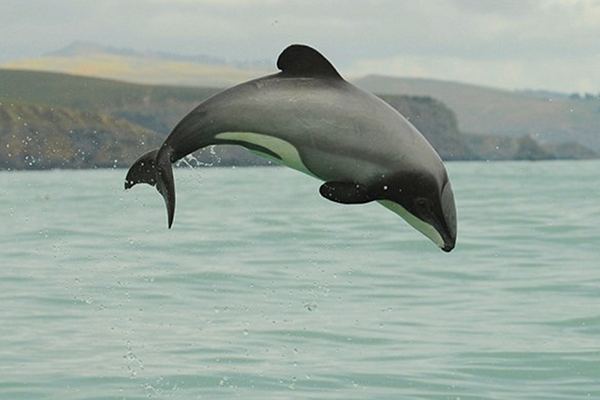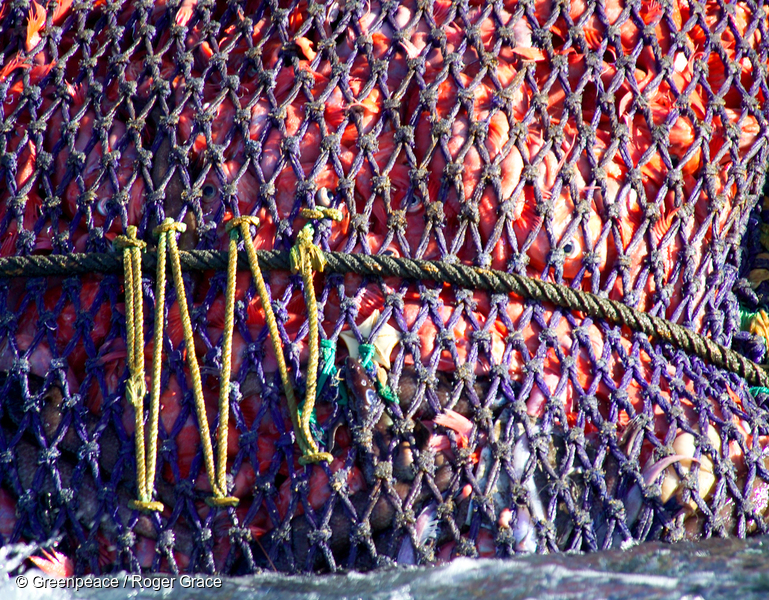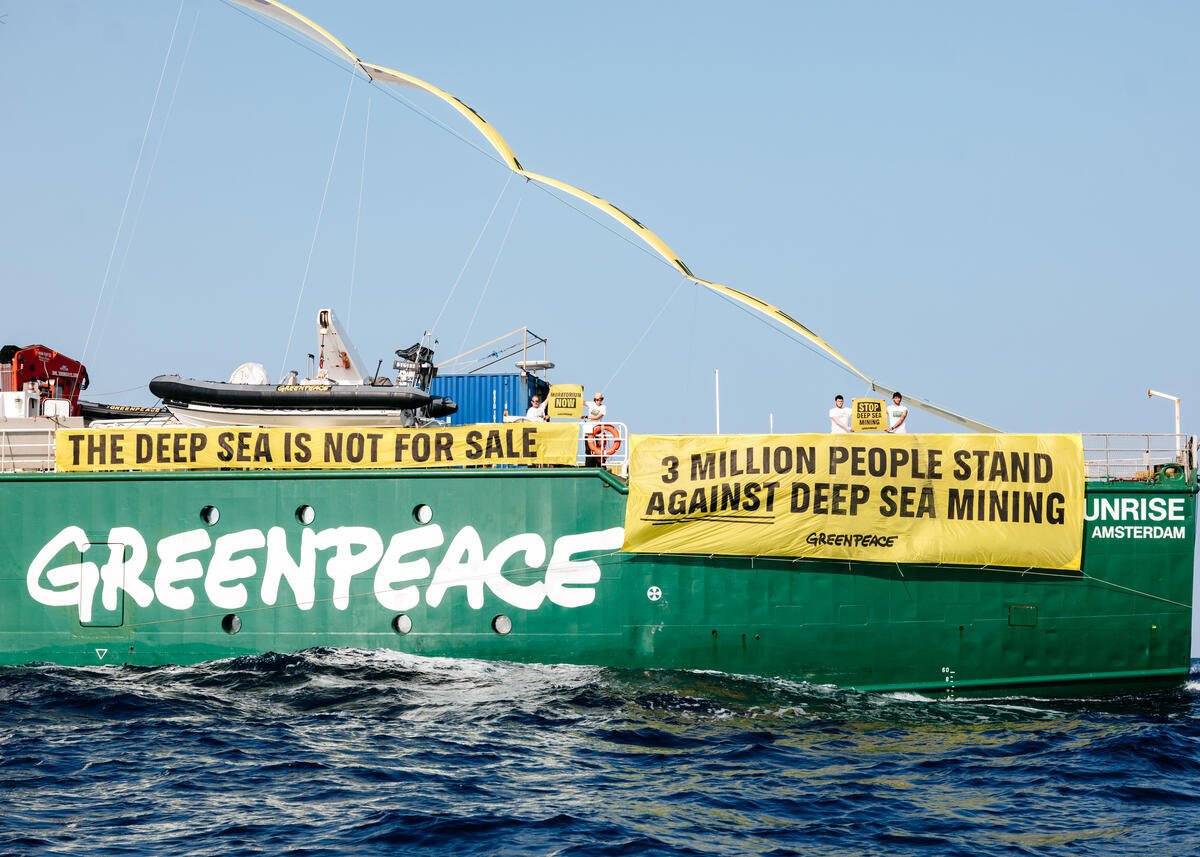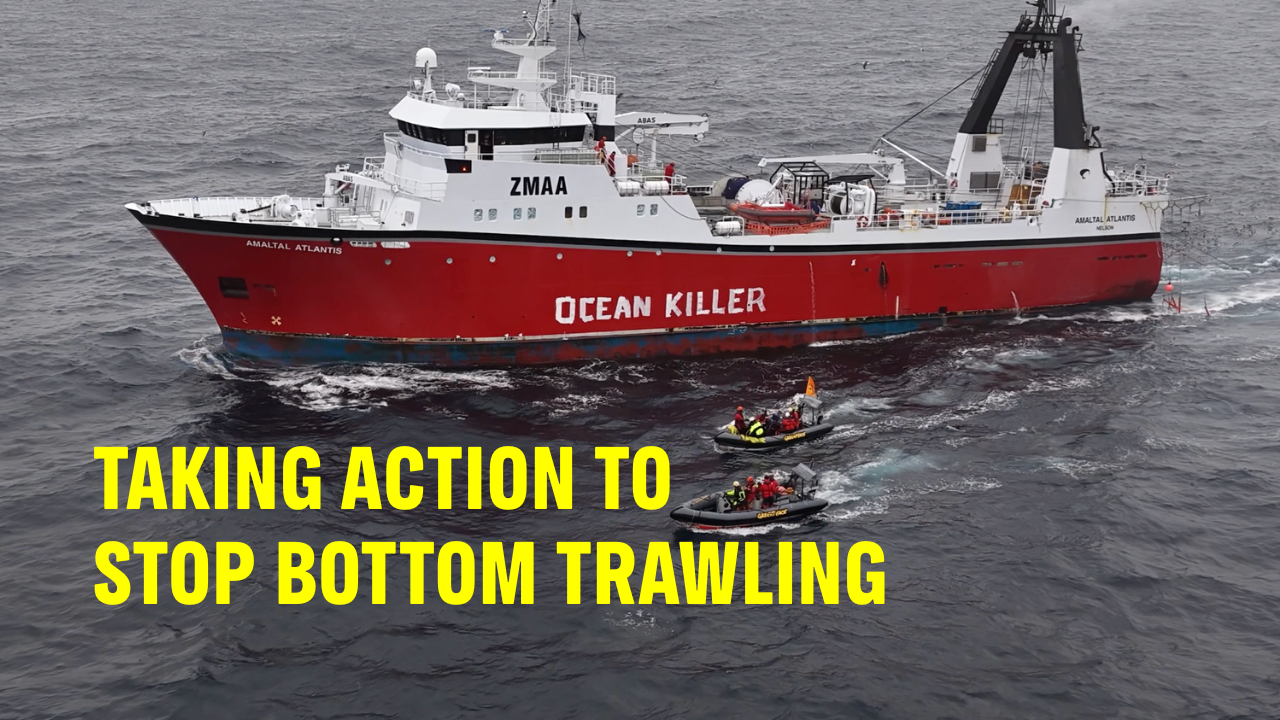Amid the avalanche of coronavirus-related news, a great beacon of hope beamed out on Friday. A monumental victory was won for New Zealand oceans as the Court of Appeal upheld the decision to deny a massive mine on the South Taranaki Bight seafloor.
The ruling follows a legal battle spanning six years, and relentless campaigning by iwi, community and environmental groups, to stop Trans-Tasman Resources (TTR) from mining the seabed off the coast of Patea.
Trans-Tasman Resources and seabed mining in New Zealand
The TTR proposed seabed mine would have sucked up some 50 million tonnes of seabed in the search for iron and titanium magnate. After being sucked up to a ship floating over the mining site and sifting out the ten percent of iron and titanium magnate in the sand, ninety percent of materials would be dumped back down below.
Mining like this not only destroys the seafloor dredged up, but dumping the unwanted matter creates a plume of sediment smothering a much larger area. The proposed mine would have threatened Māui and Hector’s dolphins, New Zealand’s own pygmy blue whales and little penguins, as well as customary and commercial fishing in the area.
The campaign against seabed mining in New Zealand started some 15 years ago. In 2005, Kiwis Against Seabed Mining (KASM) organised to oppose companies prospecting the New Zealand seabed, opened after the Foreshore and Seabed Act. Since then, these committed activists up and down New Zealand’s coasts have been organising beach protests, hosting community meetings, rallying allies, undertaking epic protest walks, swims, and a surfer paddling from Taranaki to Piha.
Local iwi Ngāti Ruanui has also relentlessly opposed the mine and has been a driving force behind the local resistance. You can read more about Ngāti Ruanui’s campaign journey on their website here.
In 2013, TTR filed an initial application for the mine to the Environmental Protection Agency (EPA), which was decisively refused. In 2016, they returned with a new application, despite not having undertaken the research the EPA instructed them to do in their last attempt. In 2017, the EPA approved TTRs application to permit the first seabed mining operation in New Zealand. The Decision Making Committee (DMC) of four were split on granting the permit, and the DMC Chair made a casting vote in favour of his previous vote – the mining operation was to go ahead.
This was the start of the legal challenge. In 2018, KASM and Greenpeace, Ngāti Ruanui, Ngā Rauru, Forest and Bird, commercial fishing organisations and the Taranaki-Whanganui Conservation Board, all challenged the permit. The High Court ruled in our favour.
TTR appealed the High Court’s decision and we went to the Court of Appeal to defend it late in 2019. We also cross-appealed a number of legal arguments that were lost in the High Court, that were important and precedent setting for the interpretation of environmental protections for the marine environment more broadly.
2020: A victory for the oceans and the environment
Just last week the Court of Appeal awarded a resounding victory to those who opposed this mine. The judgement called the environment ‘a bottom line’ which could not be compromised to permit these activities.
You can read a detailed analysis of the judgement here – but these are six top highlights:
- If there is a real prospect of material pollution of the environment, then a marine discharge or dumping consent should not be granted. The Court found that the EPA must consider whether granting a seabed mining consent would be consistent with the Exclusive Economic Zone and Continental Shelf Act’s (the EEZ Act) purpose of protecting the environment, which includes keeping the environment safe from harm caused by the discharge of harmful substances. The EPA may not grant a consent for seabed mining unless it is satisfied that it is not likely to cause harm to the environment.
- Two of the commonly cited tools used to justify consents – economic tradeoffs or subsequent remediation – may not be used.
The Court ruled that it is not consistent with the EEZ Act to (1) trade off harm to the environment caused by a marine discharge against other benefits, such as economic benefits; or (2) permit harm to the environment caused by a marine discharge on the basis that this harm will be remedied or mitigated.
- The EPA must favour caution and environmental protection.
The court found that if a lack of information and resulting uncertainty about the effects of a proposed activity left uncertainty about whether the EEZ Act’s objectives will be met if a consent is granted, then the consent must be refused. Nor may an adaptive management approach – where environmental impacts are monitored and responded to after the consent is granted – be used. This is important as often we simply don’t have enough information about areas that are threatened, or the impacts of activities, for decisions to be made about protection.
- The EPA must address the impact on the kaitiakitanga relationship between iwi and the marine environment under The Treaty of Waitangi. The court found the DMC needed to squarely engage with the full range of customary rights, interests and activities identified by Māori as being affected by the TTR proposal, and to consider the effect of the proposal on those existing interests. In particular, it was necessary for the DMC to address the impact on the kaitiakitanga relationship between the relevant iwi and the marine environment. Kaitiakitanga is an integral component of the customary rights and interests of Māori in relation to the taonga referred to in the Treaty.
- The Resource Management Act and its bottom lines is also relevant to consenting. Though the proposed mine would have been situated just outside the 12 mile limit governed by the Resource Management Act, most of the effects would have been felt inside the 12 mile territorial waters. The Court found the DMC failed properly to have regard to the RMA instruments including in particular the New Zealand Coastal Policy Statement (NZCPS), and specifically, did not consider whether TTR’s proposal would be inconsistent with any environmental bottom lines established by the NZCPS.
- Both bonds and insurance against environmental damage serve different purposes. When companies are undertaking environmentally risky activities like seabed mining or oil drilling, they can be required to take out insurance or pay a bond to the Government, to cover the costs of incidents that impact the environment in the course of their operations. The Court found that a financial bond and insurance performed different functions. If TTR only held public liability insurance – it would not address costs of remediation for uninsurable harms, such as harms caused by planned activities, or resulting from a failure by the company to act. A bond however would be available to meet these costs.
Every cross-appeal argument won strengthens environmental law in favour of stronger and more robust protections for the marine environment in the future.
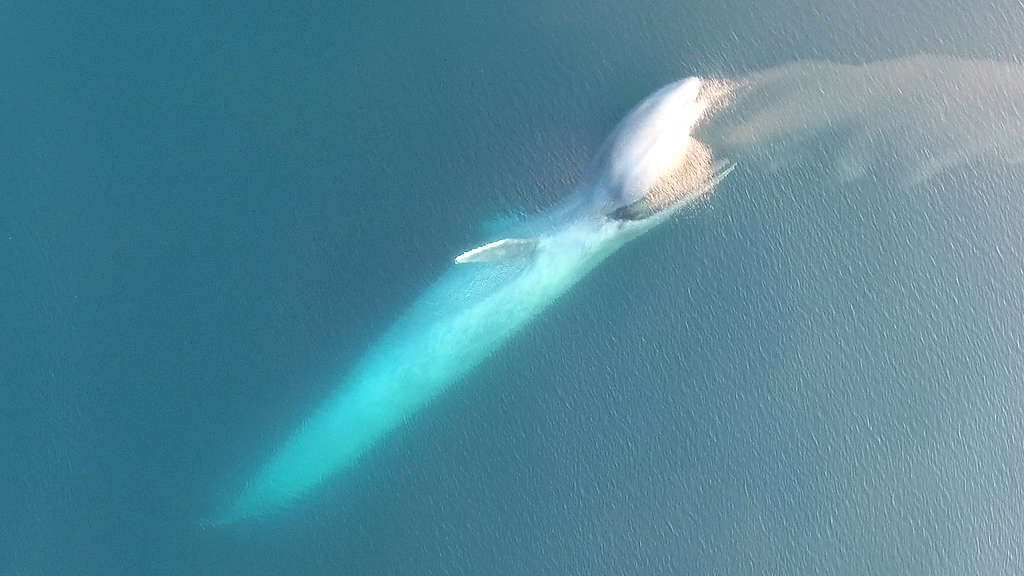
Seabed miners waiting in the wings
Several seabed mining companies interested in the New Zealand seafloor have been awaiting this ruling. This mine would have been the first of its kind in the world. As such this is a precedent setting case. Many companies and investors are eagerly awaiting the first permit, to open the flood gates to mine the seabed. Keeping ours firmly closed sends a clear message that seabed and deepsea mining are too risky, too experimental, and that too much is at stake to go ahead.
Deepsea mining is a similar threat to our oceans. Mining techniques are instead used on the ocean floor in the very deepest parts of the ocean. These are areas that have not yet been explored by science, but which are already contributing to medical breakthroughs – including one that helped develop the test for Covid-19. Right now the world is debating the rules for deepsea mining, while mining companies are chomping at the bit to get started. The ruling from the New Zealand Court of Appeal has direct implications that should be included in the exploitation regulations being negotiated by the International Seabed Authority.
What’s next?
This is the third attempted seabed mine permit in New Zealand. Relying on local communities, iwi and environmental NGOs to have the energy and funds to hold the line against seabed miners with deep pockets, is simply not good enough.
Greenpeace NZ absolutely supports the call for a ban on seabed mining.
Around the world we are seeing calls for similar action. From Vanuatu, Papua New Guinea and Fiji in the Pacific, to a new stance being adopted by the U.K, many nations are urging caution when it comes to seabed and deep sea mining.
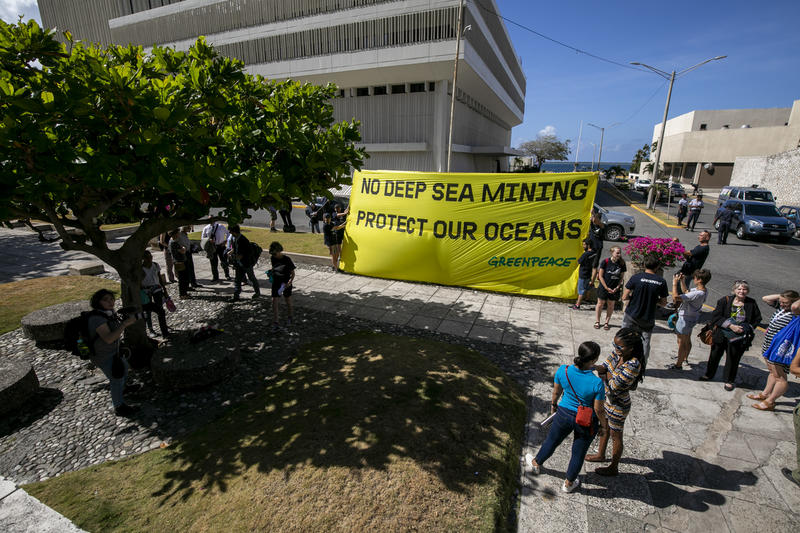
Meanwhile, European and international mining companies are making moves to exploit international waters as well as the waters of the Cook Islands. But while they’ll make off with the profits, the enormous environmental costs of these operations will be borne by these island nations, potentially for generations.
TTR’s application will be referred back to the EPA to be reconsidered in the light of the Court of Appeal’s judgement, unless TTR seeks and gets leave to appeal the decision to the Supreme Court. Whatever they decide, Greenpeace New Zealand will continue to fight alongside our allies, against this mine and seabed mining anywhere in New Zealand.
Now more than ever, we must protect our oceans from harm, because their health is intrinsically linked with our own. It is time for the world to put a pause on destructive extractive industries and ban seabed mining for good.

